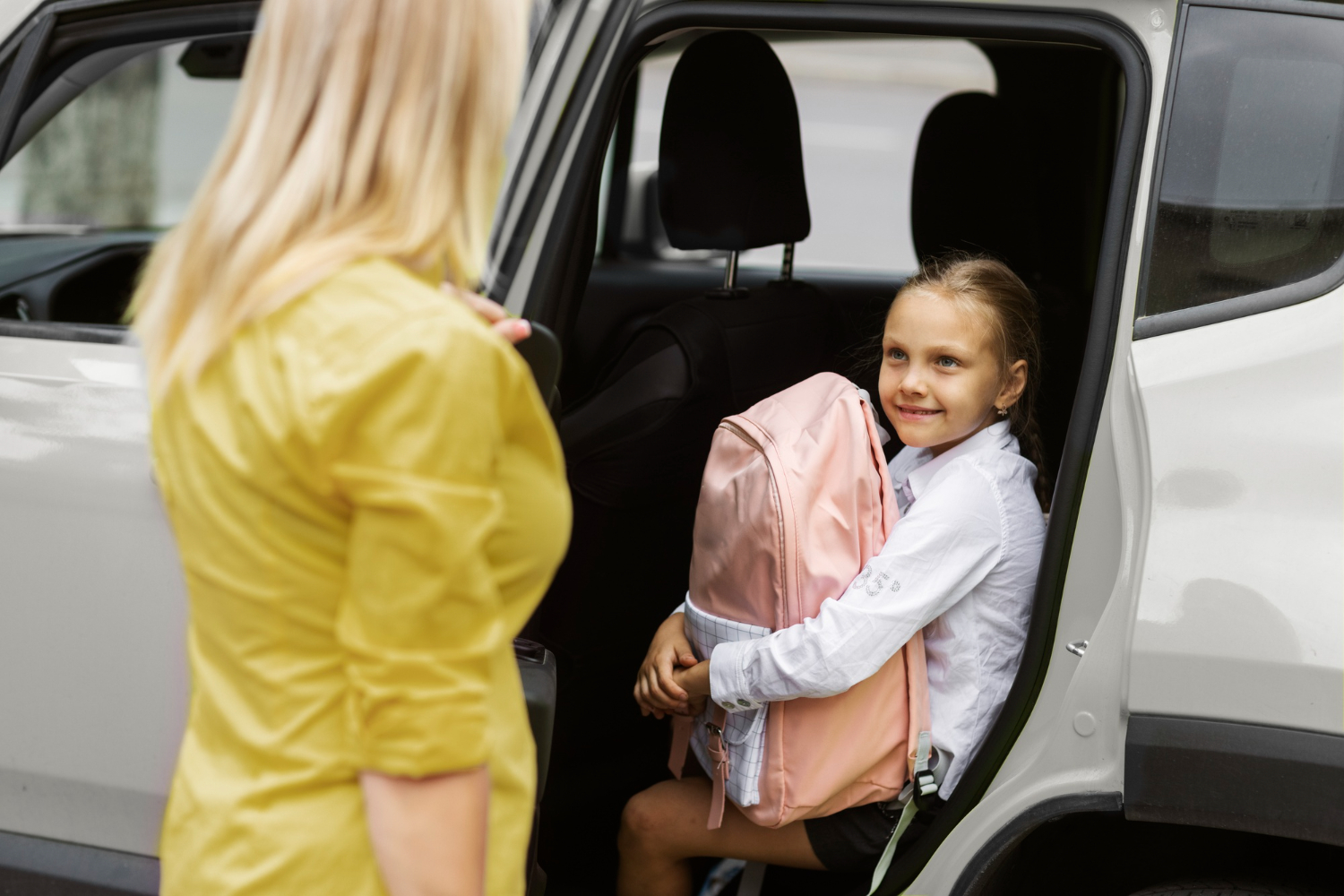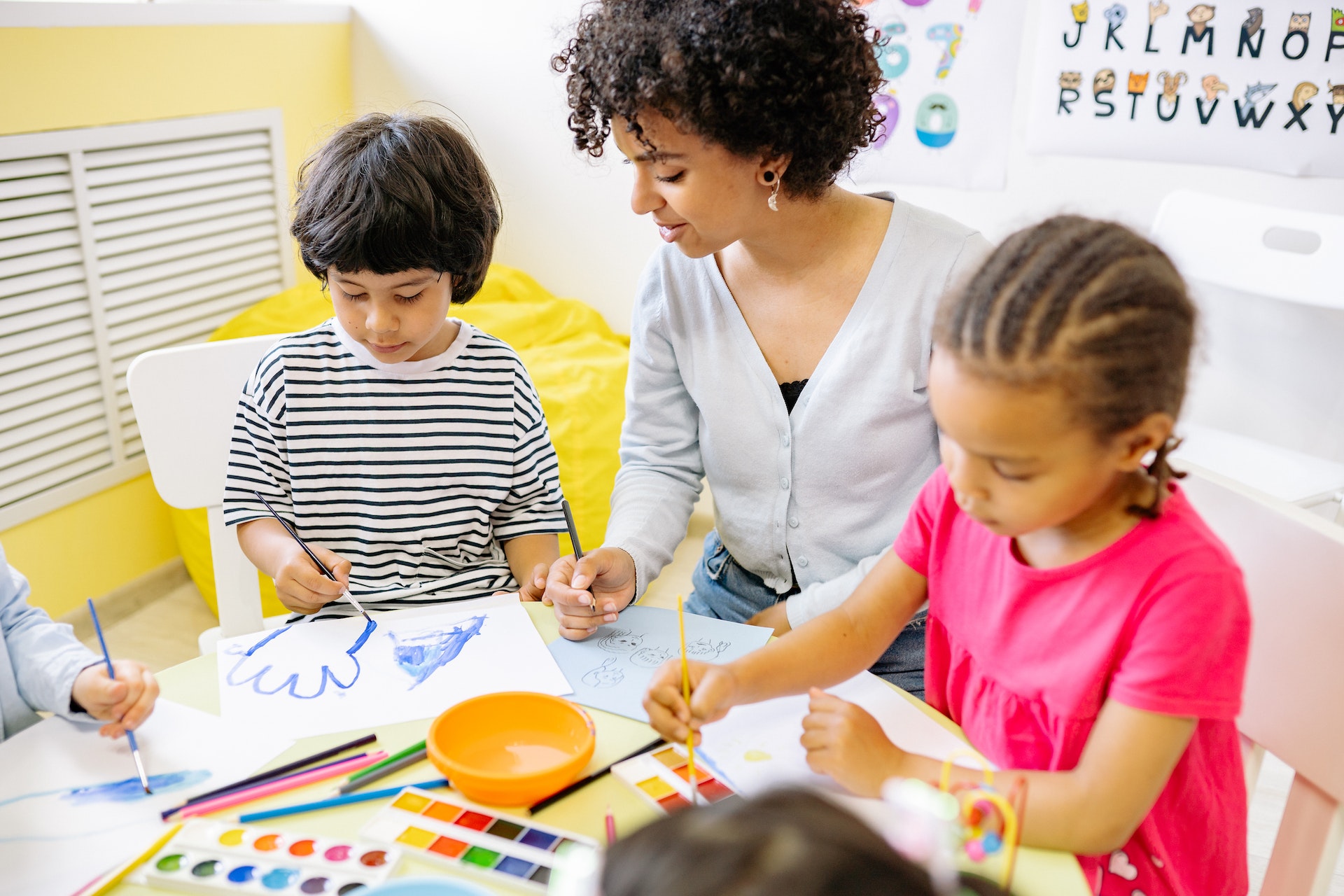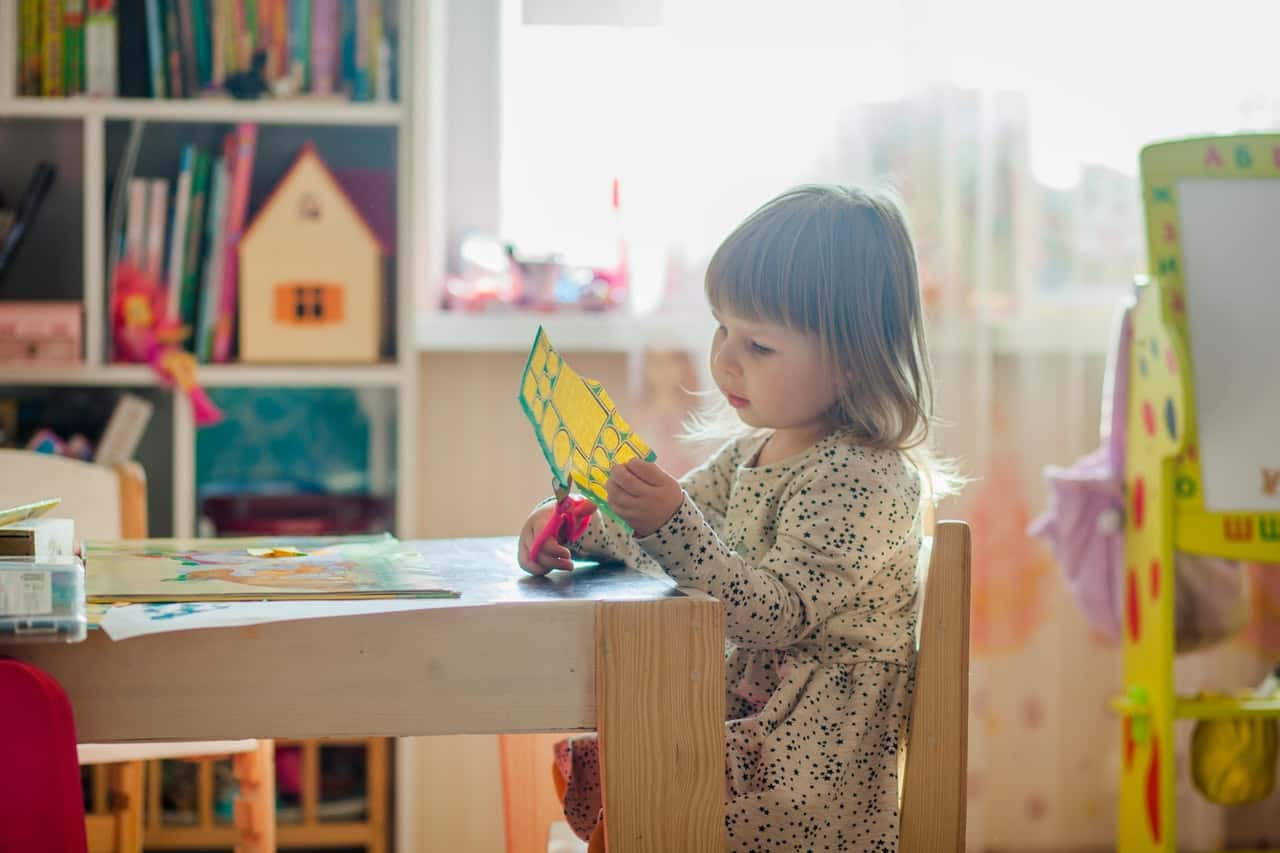Navigating Back-to-School Anxiety: A Guide for Children and Parents

As the back-to-school season approaches, a mixture of excitement and nervousness often fills the air. For both children and parents, this transition can trigger anxiety as routines change, social dynamics shift, and new challenges arise.
This article can help provide support, understanding, and strategies as you navigate and conquer school anxiety in your home.
Let's dive into the world of back-to-school anxiety, explore its causes, and uncover effective ways to handle it.
Why Back-to-School Anxiety Occurs: Social Pressures
Change in Routine: After the relaxed pace of summer, returning to a structured school routine can be jarring, causing anxiety about managing time and responsibilities.
Social Pressure: Meeting new classmates, reconnecting with old ones, and navigating social dynamics can create apprehension, especially for children prone to social anxiety.
Separation Anxiety: For younger children, the fear of being away from parents or caregivers can be overwhelming, leading to separation anxiety.
Why Back-to-School Anxiety Occurs: Classroom Expectations
Academic Expectations: The anticipation of new subjects, teachers, and assignments can lead to worries about academic performance and the unknown challenges ahead.
Performance Pressure: Parents may also experience anxiety about ensuring their child's success academically, socially, and emotionally.
Strategies for Children: Practice Routines
Introduce school routines gradually before the first day. Practice waking up early, having breakfast, and getting dressed to establish a familiar routine.
Having a hands-on routine chart has proven helpful for young children to stay on task and get everything done.
Strategies for Children: Meet-and-Greet
Attend school orientation events or meet classmates before the school year starts. Familiar faces can ease the anxiety of new social interactions.
Taking a drive to the school, or past the school, can also be beneficial in easing nervousness regarding taking the bus.
Strategies for Children: Positive Visualization
Encourage your child to visualize successful scenarios at school, such as making friends, participating in class, or acing an assignment.
Reading books about those topics can also have prepare children for the real thing.
Strategies for Children: Stay Connected
Pack a small comfort item, like a photo or a note from home, to remind your child of your presence throughout the day.
Strategies for Parents: Open Communication
Create an open space for your child to express their feelings. Validate their concerns and listen empathetically to their anxieties.
Encourage your child to talk about their day when they return home. Focus on the positives to associate a good feeling with school.
Strategies for Parents: Prepare Together
Involve your child in back-to-school preparations, such as shopping for supplies or selecting outfits. This empowers them and increases their sense of control.
Strategies for Parents: Set Realistic Expectations
Emphasize effort over perfection. Discuss that challenges are opportunities for growth, and reassure your child that mistakes are part of the learning process.
Strategies for Parents: Practice Self-Care
Parents' anxiety can affect their children. Prioritize self-care, manage your own stress, and model healthy coping strategies.
Remember, You’re In It Together
Navigating back-to-school anxiety is a shared journey for both children and parents. By understanding its triggers, fostering open communication, and implementing practical strategies, you can turn this transition into a positive and empowering experience.
Remember, anxiety is a natural response to change, and with the right tools, you and your child can navigate this chapter with confidence and resilience.












